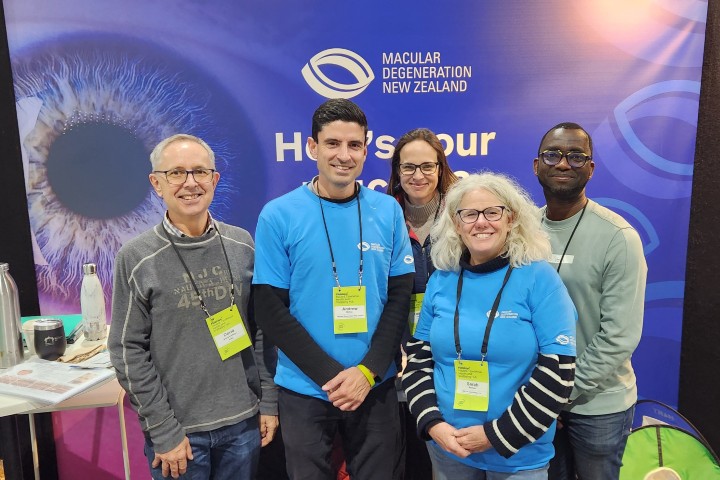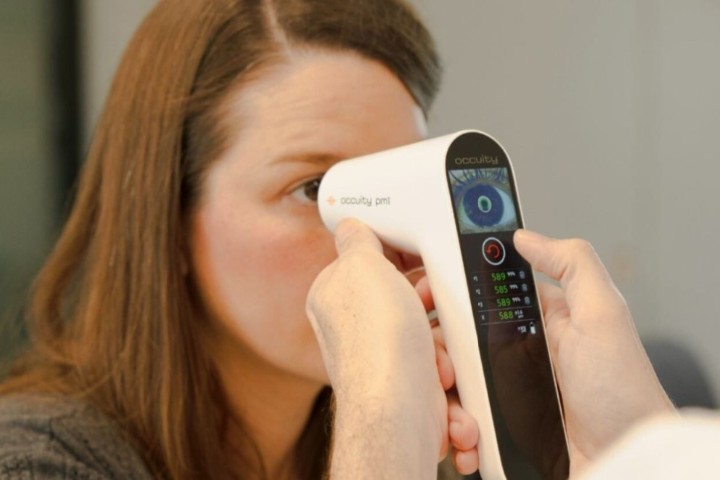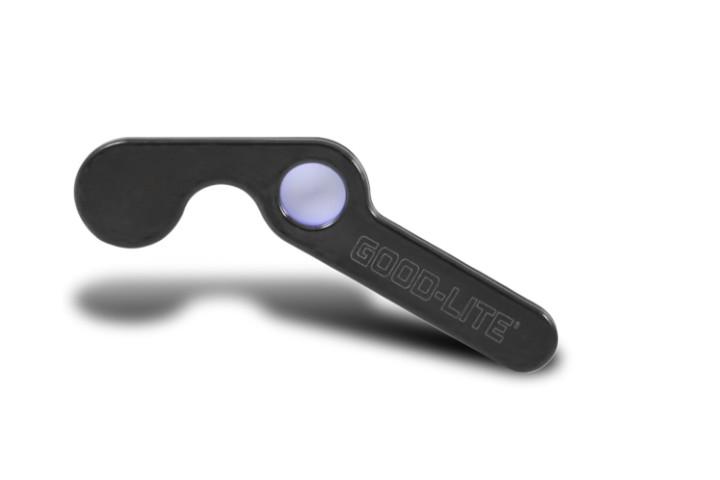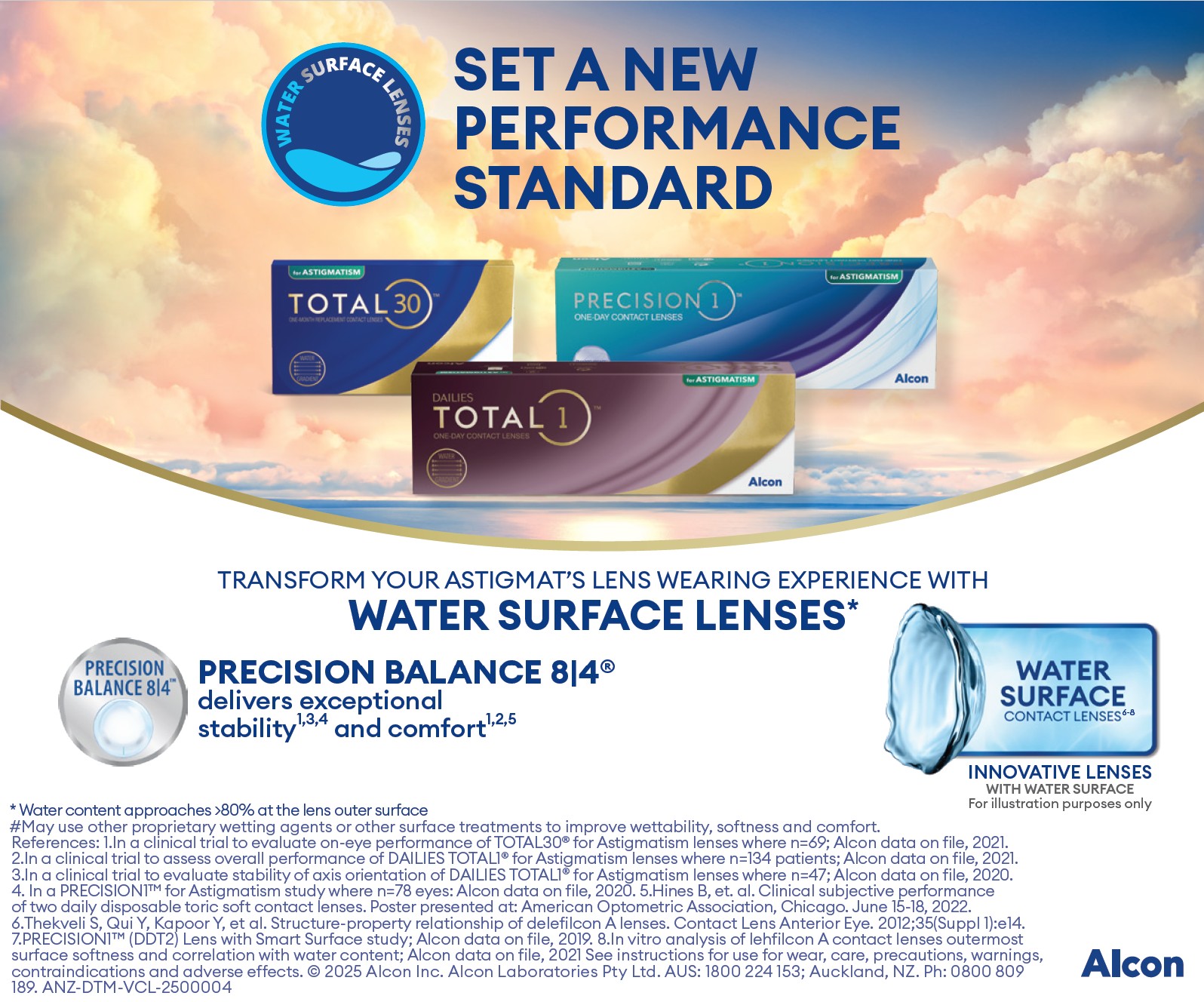Visual processing speed predicts dementia
A UK study found visual processing speed can predict dementia risk 12 years before diagnosis by conventional assessment.
Researchers at Loughborough University and Cambridge University conducted the Visual Sensitivity Test (VST) with participants at the start of the EPIC-Norfolk Prospective Population Cohort Study (n=8,623). The VST required participants to press a button as soon as they saw a triangle forming in a field of moving dots. Those who went on to develop dementia during follow-up were much slower to see this triangle than those who remained without dementia.
Writing in Nature Scientific Reports, researchers said individuals with lower scores on the simple and complex VST had a higher probability of a future dementia diagnosis HR1.39 (95% CI 1.12, 1.67, P < 0.01) and HR 1.56 (95% CI 1.27, 1.90, P < 0.01), respectively.
Suggesting reasons for their findings, researchers pointed out the toxic amyloid plaques associated with Alzheimer's disease may first affect areas of the brain associated with vision, with parts of the brain associated with memory becoming damaged as the disease progresses. Contrast sensitivity and the ability to see the blue-green spectrum are also affected early in dementia. Furthermore, people with Alzheimer's seem to have an issue ignoring distracting stimuli, which may show up as eye-movement-control issues, they said.


























